Zircon Stone - Brilliant Gemstones
Introduction to Zircon
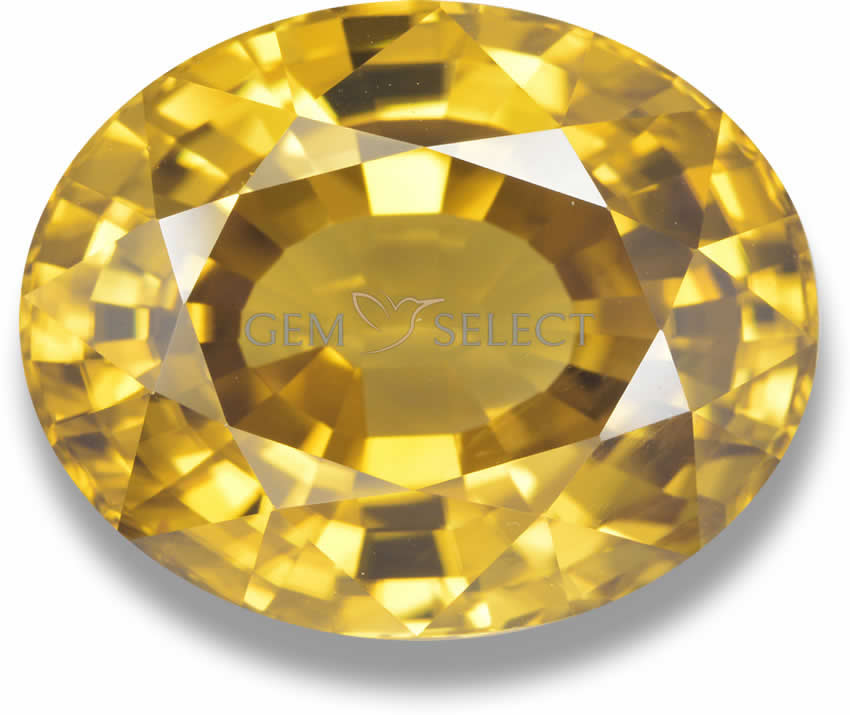
Zircon is an important gemstone in the world of jewelry, though it's not as widely known by the general public as some others. Let's clear up a common mix-up right away: Many folks confuse zircon gemstones with cubic zirconia, which is actually a lab-created diamond simulant. But zircon and cubic zirconia are completely different - cubic zirconia is synthetic, while zircon is a natural mineral with its own unique chemical makeup. To learn more about this fascinating gem, explore our detailed zircon information guide.
What is Zircon?
Zircon belongs to the neosilicate mineral group, made up of silicon and oxygen. This group includes familiar gemstones like garnet, peridot, topaz, andalusite, kyanite, tanzanite, plus different types of beryl, tourmaline, and quartz. More precisely, zircon is zirconium silicate and serves as the primary source of zirconium, a shiny white-gray metal that's a bit like titanium.
Key Properties of Zircon
Zircon stands out among gems because of its high refractive index - ranging from 1.810 to 2.024 - which is pretty close to diamond's (2.417 to 2.419). Pair that with its strong dispersion, which breaks white light into a spectrum of colors, and you get a stone with remarkable sparkle. Before options like cubic zirconia or moissanite came along, colorless white zircon was often used as a diamond stand-in and even marketed under the deceptive name “Matura Diamond.”
Colors and Treatments
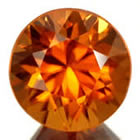 |
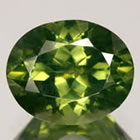 |
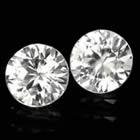 |
 |
Zircon comes in a broad array of eye-catching colors, though white might be the least prized among them. These days, the most sought-after shade is a bright electric blue that can show a hint of green thanks to pleochroism. This blue version comes from heat treatment, and only certain zircon crystals have the structure needed to turn blue when heated. That's why most blue zircon you'll see originates from Cambodia or Myanmar (Burma).
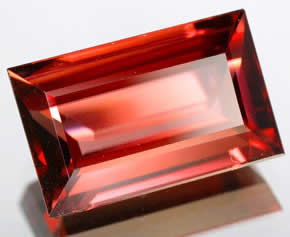
Some natural zircon colors don't need any enhancement, like the rare rose and rose-orange varieties from Tanzania, or the orange and orange-brown ones from Cambodia. Green zircon is quite uncommon, with its hue coming from tiny traces of radioactive elements such as uranium and thorium. Yellow or gold zircon often gets a heat boost to enhance its color, but you can sometimes find untreated examples. For tips on selecting the perfect zircon, check our comprehensive zircon buying guide.
Care and Usage Tips
While zircon rates reasonably well on hardness - 6.5 to 7.5 on the Mohs scale - it's a bit brittle and can be prone to chipping from knocks or pressure. It might also show wear along facet edges over time, so if you're thinking about using it in a ring, stick to protective settings or save it for pieces you wear now and then.
Sources of Zircon
Zircon crystals turn up in various parts of Asia, such as Cambodia, Vietnam, Thailand, Myanmar, and Sri Lanka. African deposits are becoming more significant too, with mining in Tanzania, Madagascar, Mozambique, and Nigeria.
Frequently Asked Questions
What is zircon?
Zircon is a natural mineral gemstone, specifically zirconium silicate, belonging to the neosilicate group.
How is zircon different from cubic zirconia?
Zircon is a natural gemstone, while cubic zirconia is a synthetic material created in labs as a diamond simulant.
What colors does zircon come in?
Zircon appears in colors like white, blue, green, yellow, orange, rose, and orange-brown, with some requiring heat treatment.
Is zircon treated?
Yes, some zircon, like blue and yellow varieties, is often heat-treated to enhance color, but others like rose-orange are natural.
Where is zircon found?
Zircon is sourced from Asia (Cambodia, Vietnam, Thailand, Myanmar, Sri Lanka) and Africa (Tanzania, Madagascar, Mozambique, Nigeria).
How hard is zircon?
Zircon has a hardness of 6.5 to 7.5 on the Mohs scale, making it suitable for jewelry but with care to avoid brittleness.

